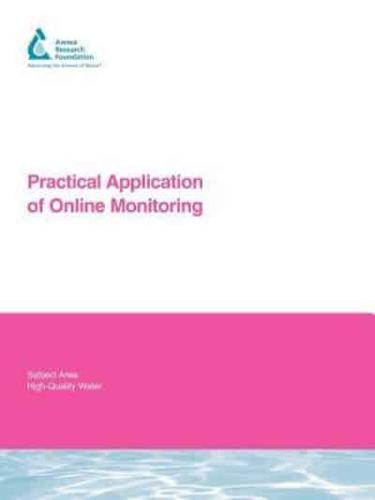Publisher's Synopsis
Utilities across the USA rely on online monitors to help them track important parameters such as disinfectant residual and particle removal. However, there are no guidelines on how to operate these monitors so that they are consistent and measure as accurately as possible. This study investigated the current uses of all online monitors in plants and their calibration and maintenance procedures in order to gain an understanding of the current industry standards. The purpose of this project was to evaluate how utilities are using and maintaining their online equipment and to provide guidelines for utilities to consider in their online monitoring program. The status of online instrument use in U.S. water utilities was surveyed. The survey was completed by 264 utilities representing 392 treatment plants. Case studies of six utilities were performed to supplement the survey results by recording, in-depth, the instrument uses, maintenance practices, instrument support structure, and supervisory structure as related to online instrument use. In addition, case studies provided online and bench data from their online instruments for analysis. The utilities selected included conventional filtration, direct filtration, lime softening, and unfiltered systems with widely varying source water quality. A sample Standard Operating Procedure (SOP) was developed to provide utilities with guidance in creating SOPs. The findings concerning using volatility as a way of evaluating the performance of online instruments could impact the water industry by providing new techniques to measure online monitor performance and as an early warning system of monitor problems.









